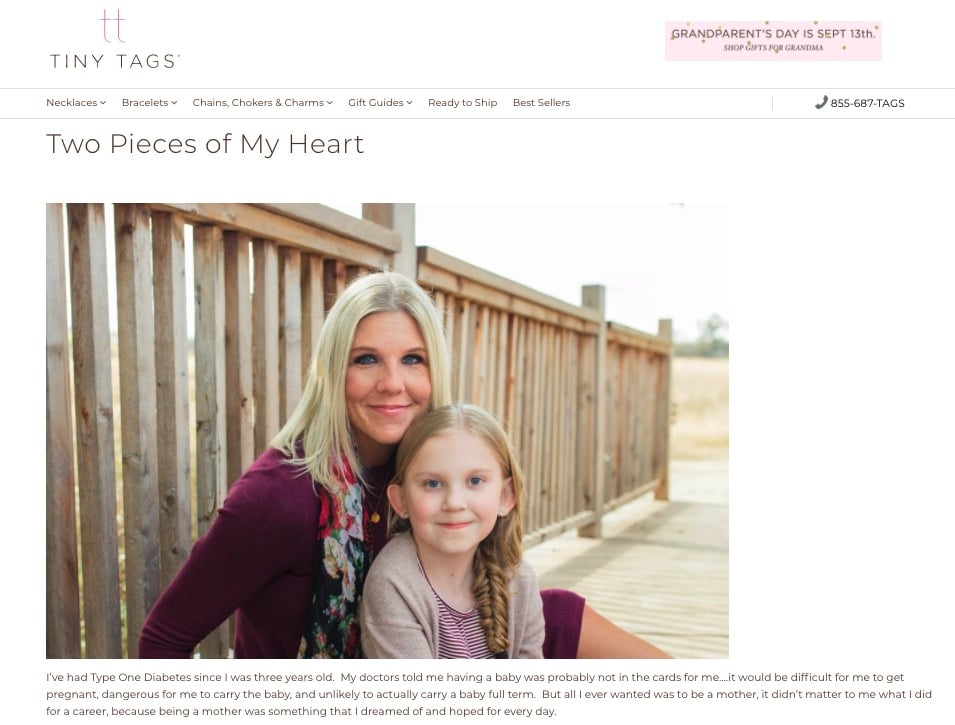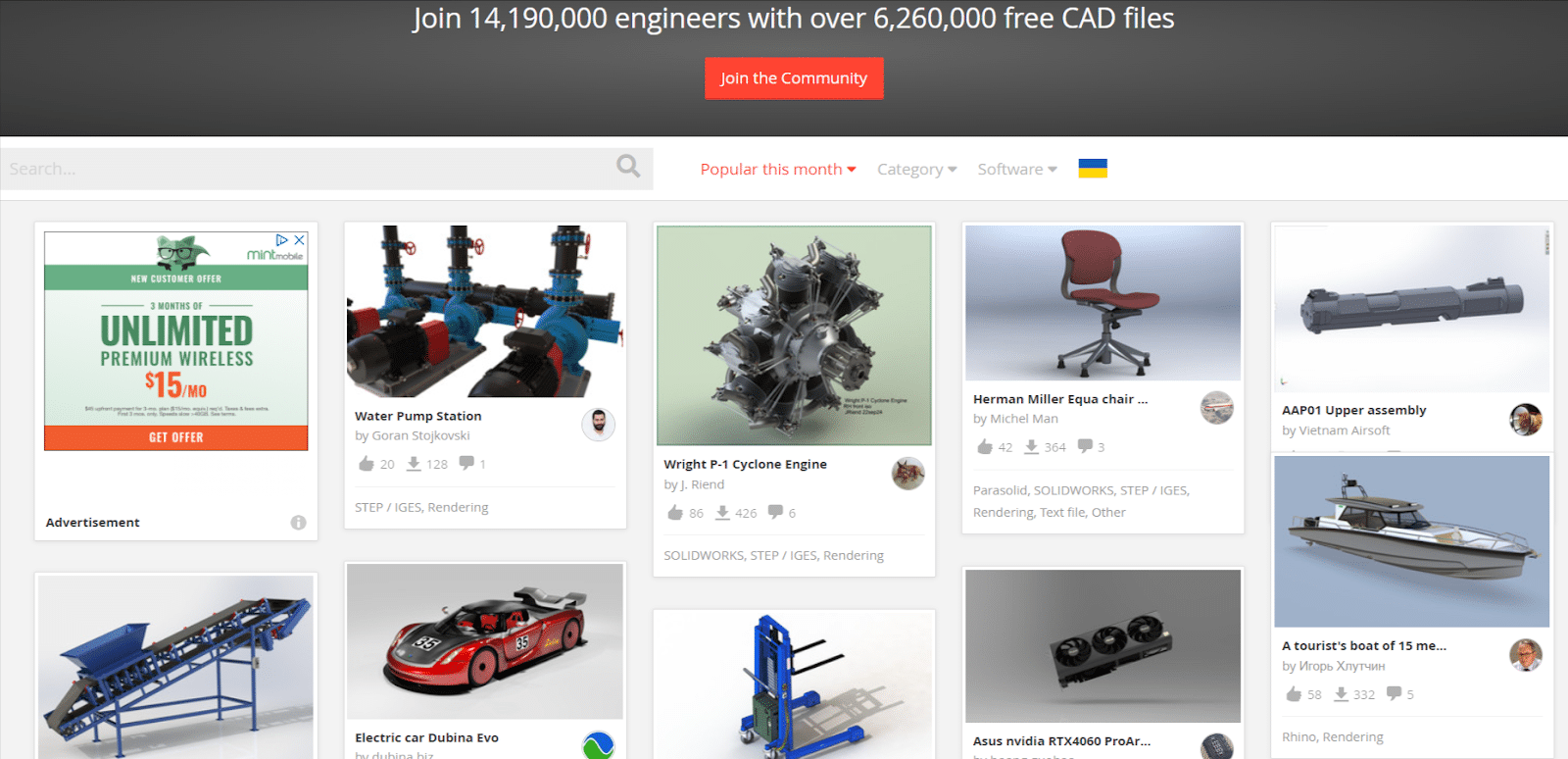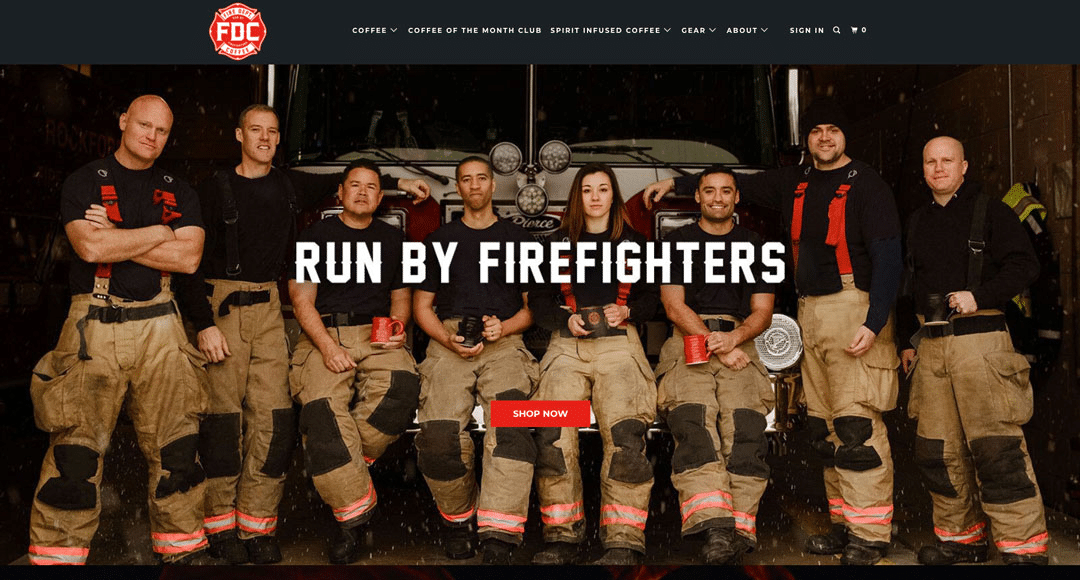Key Takeaways
- Drop-in informational traffic due to AI search changes reduces new user acquisition and top-funnel visibility.
- To compensate, marketers must prioritize building brand communities to drive organic traffic and engagement.
- Brand communities create organic engagement, attracting new users and turning them into loyal customers.
- Strengthen your brand purpose to build emotional connections and sustainable communities.
- Partner with like-minded influencers and publications to boost traffic and visibility.
As AI continues to reshape search, brands must adapt to shifts in user behavior. One major change – the decline of informational traffic due to AI-driven search features, such as Google’s AI Overviews – gives users answers without needing to click through to websites.
This change poses a significant challenge for brands: reduced new user acquisition and top-funnel visibility.
Informational traffic, while not always conversion-driven, remains a vital way for brands to reach new audiences and build authority. Without it, brands need innovative approaches to engage top-funnel users and drive organic growth.
The best solution: Building a strong brand community.
As informational traffic declines, community building has emerged as a critical SEO strategy. It strengthens authority, engages users, and attracts new visitors –all of which boosts organic rankings and revenue.
This guide provides strategies for building a brand community and helping your site adapt to declining informational traffic in the AI era.
Why Community Building Matters for SEO
Community building is much more than a buzzword; it’s a powerful tool that profoundly impacts SEO performance. With users relying more on AI-powered tools for informational content, SEO marketers must find new ways to reach target audiences.
Marketers usually will not consider community building as an SEO tactic, as it’s typically seen as a standalone marketing strategy. However, building a strong brand community produces multiple SEO benefits:
Increase ranking authority. The greatest SEO benefit to community building is strengthening your authority in Google’s eyes. Community building leads to more natural backlinks, reviews, users, and engagement – all important signals to Google that your site is authoritative. Rankings, organic traffic, and revenue improve as a result.
Improve engagement metrics. When brands develop successful communities, users interact with their sites for longer. Strong engagement metrics are an important ranking factor. Additionally, communities allow brands to nurture mid-funnel, organic users, which increases conversions from users initially acquired organically.
Boost valuable user-generated content. Communities spark a surge of user-generated content, including brand stories, reviews, and videos. This content can be leveraged to build social proof, which signals to Google that your brand is trustworthy. As a result, your rankings will improve.
As you can see, integrating community building into your SEO efforts will strengthen your organic channel and provide overall brand value.
Tips for Building a Successful Brand Community
In our experience, following these proven tips will create an authentic, sustainable community.
- Nurture brand communities, but do not try to control them. Organic and user-driven communities thrive. While brands should guide and provide the tools to support conversations, marketers must avoid over-managing or controlling the narrative.
- Think about how the community can help customers, not the business. Focus on your community’s needs. If you fail to offer real value, the community will feel like a promotional tool, rather than a space where users can genuinely connect and engage.
- Focus on emotional connections. Communities built around shared values and emotional connections are far more resilient. Create a space where customers connect over common interests or causes, not solely products. Appealing to emotions fosters a deeper sense of brand loyalty.
Following these tips will help create an authentic community that is more likely to be resilient and sustainable.
Effective Community Building Strategies for User Acquisition and Engagement
1. Encouraging User Generated Content
One of the most effective ways to build a community is by encouraging user-generated content (UGC), which can range from reviews to community forums. Rather than focusing on how your brand can provide value, a UGC strategy shifts the focus to how your customers can help one another.
By identifying your customers’ common pain points and creating a space where they can share solutions, you attract new users to engage with your website. This shift from a brand-centric approach to a customer-led approach builds user trust and loyalty.
For example, gardening equipment company customers likely face challenges such as designing a garden or deciding what to plant. By hosting a gardening forum, the equipment company can encourage experienced gardeners to share tips with new customers, such as when to plant certain crops or which plants grow well together. This creates valuable content for your brand and provides a community-driven resource that engages users while solving their pain points.
By acquiring new users and building brand awareness, UGC can make up for informational traffic lost to AI-powered searches.
2. Develop a Compelling Brand Purpose
Google favors strong brands. Identifying and expressing your brand’s purpose will allow you to become your industry’s preferred Google brand by building trust and authority. This can improve rankings and traffic for purchase-focused keywords that AI hasn’t replaced.
To find your brand’s purpose, start by thinking about what makes your business unique. Consider:
- Your story: Who are you? What do you care about?
- How can your story connect with your target audience
- Your audience’s challenges and motivations
Once you have developed a brand purpose, strategically apply it to inform your SEO and content creation efforts. Purpose-driven SEO campaigns outperform typical SEO campaigns because they naturally generate the authority signals Google prefers – i.e. backlinks, mentions, content partnerships, and engagement.
3. Partner With Like-Minded Influencers and Publications
Old-school SEO backlinking strategies are no longer effective. Google’s algorithms are too advanced to be fooled by low-quality or paid backlinks. Instead, the optimal approach to naturally generate high-quality links and media exposure is by building relationships with influencers and publications that align with your brand’s purpose.
This approach has proven extremely beneficial for building SEO authority. Influencers and media outlets that resonate with your mission are naturally more likely to promote your brand authentically, often without requiring payment.
Second, this type of exposure can go viral. When people feel a genuine connection to your brand, they’re more likely to share and engage with your content. The more exposure you gain, the more branded traffic your site attracts – an invaluable benefit AI-driven search engines can’t replace.
In short, focusing on influencers and PR creates a more sustainable and impactful path to building authority and engaging your audience.
Real-World Examples of Community Building Success
Let’s look at a few of our clients who found success with community building, and leveraged that success into tangible business results.
Tiny Tags
Tiny Tags, a jewelry business founded by Melissa Clayton with the mission “to celebrate a mother’s most precious gift”, has built their brand around the joys and challenges of motherhood. Tiny Tags’ content encompasses themes from heartwarming love to grief, infertility, and loss.
Rather than blogging about jewelry, Tiny Tags features stories about motherhood. For example, in this blog post, a woman with diabetes relays her unexpected, yet incredibly rewarding journey to motherhood.

To build the Tiny Tags brand, its founder connected with like-minded women and influencers, such as Jamie, the blog post author. This provided Tiny Tags with natural backlinks and organic visibility, supporting other marketing efforts and increasing revenue.
GrabCad
We recently helped guide a B2B startup from obscurity to a $100 million exit by building a B2B community around their product. GrabCAD sold commercial 3D printer software, but faced the daunting challenge of a small pool of consumers searching for their products, as many didn’t realize this type of software existed.
To overcome this challenge, we focused on building a community where engineers are encouraged to collaborate on mechanical design projects, inviting their peers, and sharing new designs.

Our community fostered a flywheel effect of user acquisition, with each new design attracting more users who, in turn, contributed more engaging content.
As a result, the grabcad.com community grew to more than 14 million registered users. The GrabCad success story demonstrates the power of communities with network effects, providing marketers with a robust, owned channel for sustained growth and engagement.
Fire Department Coffee
Fire Dept. Coffee (FDC), a veteran-owned coffee brand supporting injured firefighters and their families, also faced a daunting challenge: increasing organic traffic and sales in a brutally competitive market.
Despite a strong mission and brand, FDC struggled with improving search rankings and growing online revenue.

The key to their success? Building a community around their mission.
Fire&Spark helped FDC build genuine connections with like-minded influencers, firefighter organizations, and veteran-owned business publications. This targeted outreach generated high-quality backlinks and established trust, which elevated their ecommerce pages’ rankings for keywords that led to real sales.
In only 12 months, FDC saw its organic revenue grow by 2.4x. Their success story demonstrates the power of community-driven SEO. By connecting with the right audience and tapping into their brand’s mission, FDC increased traffic and forged lasting relationships that fueled long-term growth.
These examples highlight the transformative power of building authentic communities around a shared mission or purpose. As seen with Tiny Tags, GrabCAD, and Fire Dept. Coffee, fostering strong connections with your audience leads to impressive business results.
Conclusion
Building a strong community around your brand is crucial for staying ahead in a world where AI is changing search habits. The strategies we’ve covered – encouraging user-generated content, promoting your brand’s purpose, and collaborating with influencers and like-minded publications – will help you adapt to reduced informational traffic while establishing deeper connections with your audience.
These community-building tactics aren’t limited to boosting your SEO. They help create a loyal customer base that’s genuinely invested in your mission. When people feel connected to your brand, they’re far more likely to share your content and spread the mission, giving you more exposure without relying on outdated SEO tactics, like paying for backlinks.
Above all, community building is a long-term strategy that maintains your brand relevance. It’s not about quick wins; it’s about creating lasting relationships with customers that will carry your business forward.
As you move forward with SEO and marketing strategies, remember that a strong, purpose-driven community is the ultimate secret weapon. It will both improve your rankings and create a solid foundation for long-term success that can withstand AI-driven search changes.
Let Fire&Spark help you adapt to generative AI search…
- Schedule an SEO strategy session: Talk to a strategist at Fire&Spark about your organic customer acquisition campaigns and how to reposition your existing strategy for generative AI search. Schedule a strategy session.
- Dive deeper into SEO for Revenue: Fire&Spark’s SEO for Revenue Guide explains how to update your SEO strategies to optimize for sales and conversions, not just rankings and traffic. This mindset shift is crucial for adapting to generative AI search. Get the guide.
- Request a generative AI search audit: Our team would be happy to take a look at your site and help you forecast the effect of generative AI search and Google’s AI overviews on your organic traffic. Request an audit.

